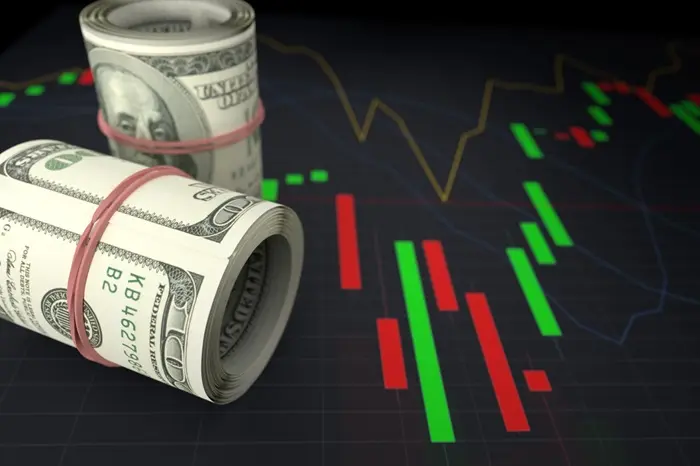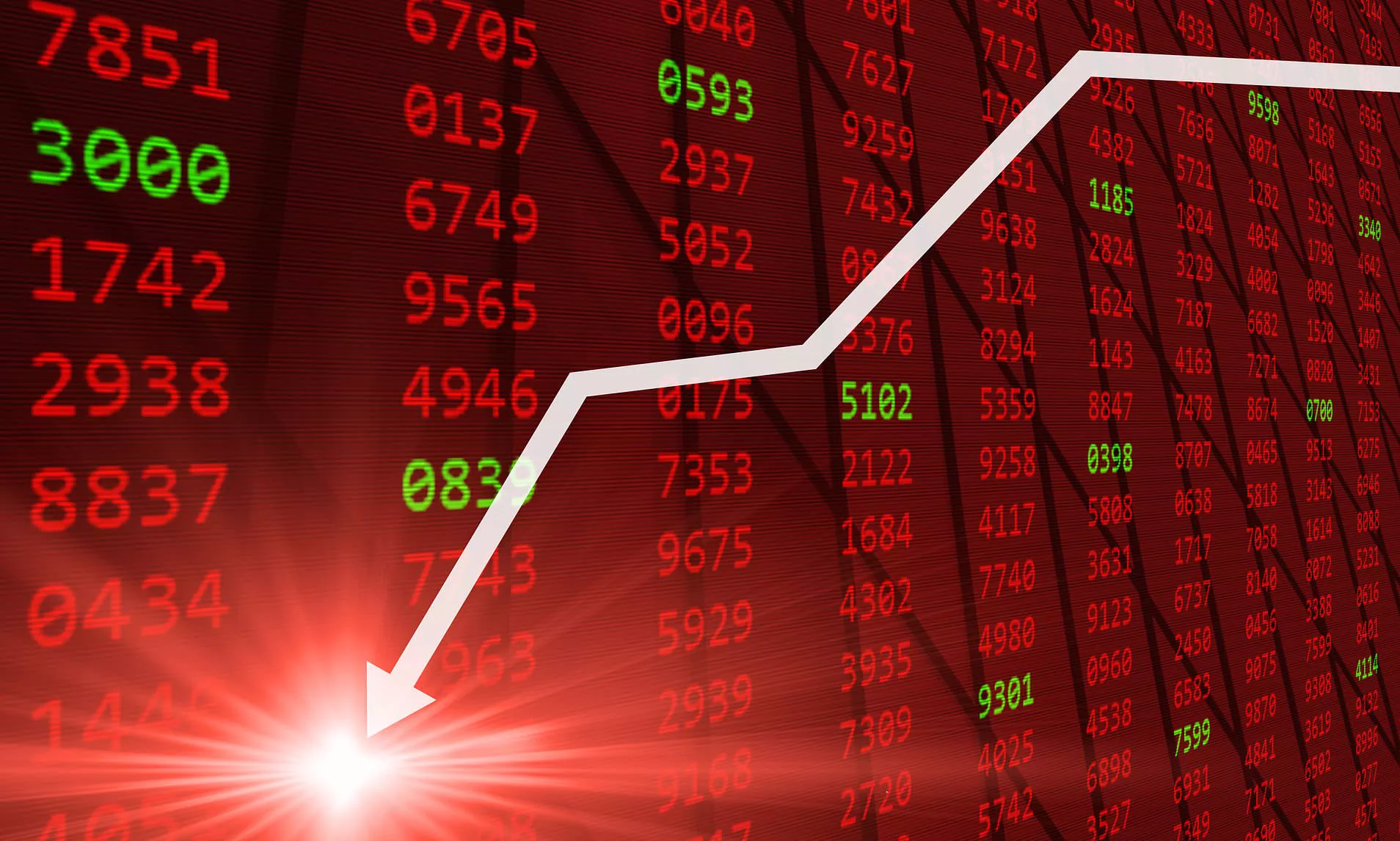Tom Lee said a buy signal flashed on Monday, suggesting the stock market has bottomed.
The head of Fundstrat research has been watching the VIX, which measures expected stock volatility.
He said the recent movement of the index mirrors the pattern of the market recoveries in 2008 and 2020.
A flash of a “buy” indicator on Monday suggested to Tom Lee, head of research at Fundstrat, that the stock market has bottomed.
It would be a welcome respite after a turbulent few weeks. The S&P 500 briefly fell into bear market territory, only to rise 10% in a single trading day a few days later. Currently, the index remains 12% below its all-time high.
Lee focuses on the CBOE Volatility Index (VIX), the stock market fear gauge. He said the index is tracking the same roadmap of the economic recovery in 2008 and 2020.
Lee believed that when the VIX broke through 60 and then quickly fell below 31, the market had bottomed and was about to rebound. This has happened only recently, and it also happened in 2008 (the global financial crisis) and 2020 (the coronavirus pandemic).
On Monday, the VIX closed at 30.89, below the critical threshold of 31. On Tuesday, the index continued to fall to around 29.
“If the VIX has peaked, then we have bottomed, so it makes sense to buy stocks,” said Lee, who expects the S&P 500 to rise to the 5,500 resistance level before entering a “new uptrend.”
One of the reasons Lee is convinced that Wall Street volatility has peaked is the comments of Treasury Secretary Scott Bessent, who is no stranger to the VIX given his experience as a hedge fund manager.
In an interview with Bloomberg on Monday, Bessent said that market uncertainty may have peaked.
“If we use the VIX as a measure of uncertainty, I think the VIX, I don’t want to make predictions about the market, but I think the VIX has spiked and may have peaked,” Bessant said.
Add to that, Trump’s willingness to exempt certain consumer electronics made in China from tariffs, and his statement Monday that he was looking to help the auto industry adjust to tariffs, suggest to Lee that “there are more voices” on removing some of Trump’s proposed tariffs.
Ultimately, Lee believes that investors who have adopted a more tactical investment strategy should re-shift to a long-term investment focus amid increased market volatility.
“It’s not clear whether this is a V-shaped recovery or a W-shaped recovery, but either model leaves room for significant upside,” Lee said, adding that any policy shift by the Trump administration to reduce tariffs would drive further upside.































